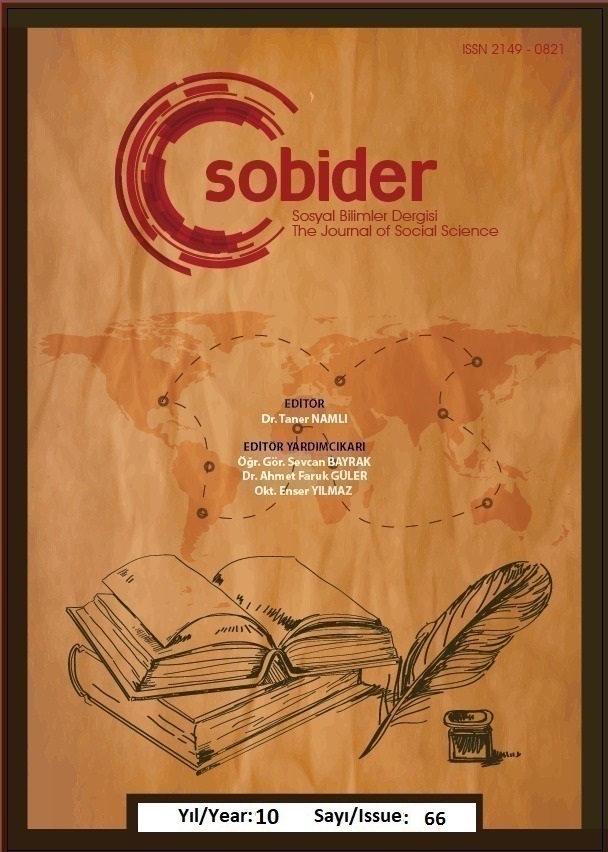Author :
Abstract
Muhammed Esed, nedeni açıklanamayan kötülüklerin zorlayıcı öznesi olarak kabul edilen şeytan algısına Kur’an üzerinden yeni bir okuma getirmiştir. Bu okuma ile Kaf suresinde mahşerde hesaba çekilmenin temsili tarifinin yapıldığı ayetler üzerinde yaptığı tespitte aslında şeytanın düalist inanışlarda olduğu gibi zorlayıcı ve insan iradesini aşkın bir varlık olmadığı görüşüne ulaşmıştır. Bir ayartıcı olarak şeytanın insandaki “öteki ben” ya da “id” olduğu sonucuna varmıştır. Freud ve Muhammed Esed’den çok önce eserler ortaya koyan Dostoyevski ise Karamazov kardeşlerde İvan’ın kâbusu etrafında şeytanı bir insan suretinde alegorileştirmiştir. Romanın söz konusu bölümünde şeytanın insanın bir parçası ve öteki beni olduğu vurgusunu yapmıştır. Kur’anda En’am suresi 148. Ayet ise kaderciliği doğuran aşkın bir ayartıcı tanımını ret ederek Dostoyevski ve Esed’i desteklediği yargısına ulaşılmasını sağlamıştır. Bu çalışma bütün bu yönleri ile Dostoyevski’de şeytan alegorisinin benzer metinlerarası bir yöntemle okunabileceğinin teklifi olma özelliğine sahiptir.
Keywords
Abstract
Muhammad Esed brought a new reading to the perception of the devil, which is accepted as the compelling subject of unexplained evils, through the Qur'an. With this reading, he reached the view that the devil is not a compelling and transcendent entity, as in dualist beliefs, in his determination on the verses in the Qaf Surah where the representation of being taken to account in the Judgment Day is described. He concluded that the devil as a seducer is the "other self" or "id" in man. Dostoyevsky, who produced works long before Freud and Muhammed Esed, allegoryized the devil in the image of a human around Ivan's nightmare in the brothers Karamazov. In the aforementioned part of the novel, he emphasized that the devil is a part of man and his other self. Verse 148 of Surah En'am in the Qur'an, on the other hand, rejected the definition of a transcendent seducer that gave rise to fatalism and led to the conclusion that he supported Dostoyevsky and Assad. With all these aspects, this study has the feature of being a proposal that the allegory of the devil in Dostoevsky can be read with a similar intertextual method.
